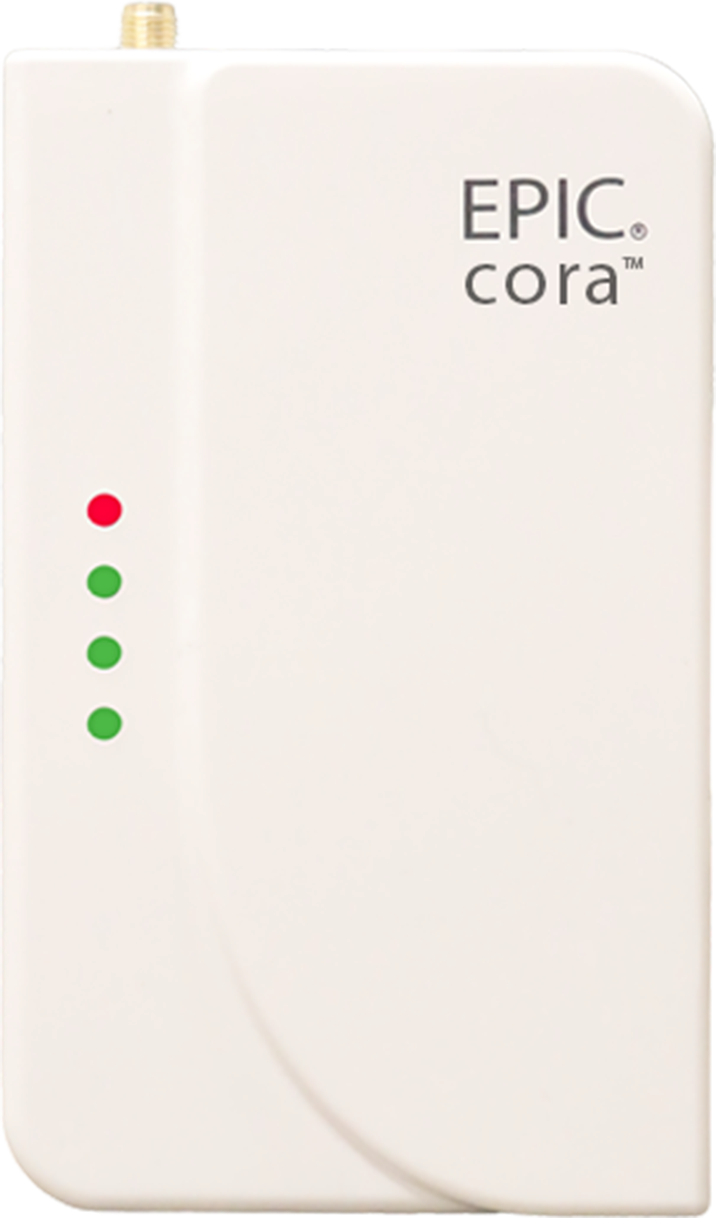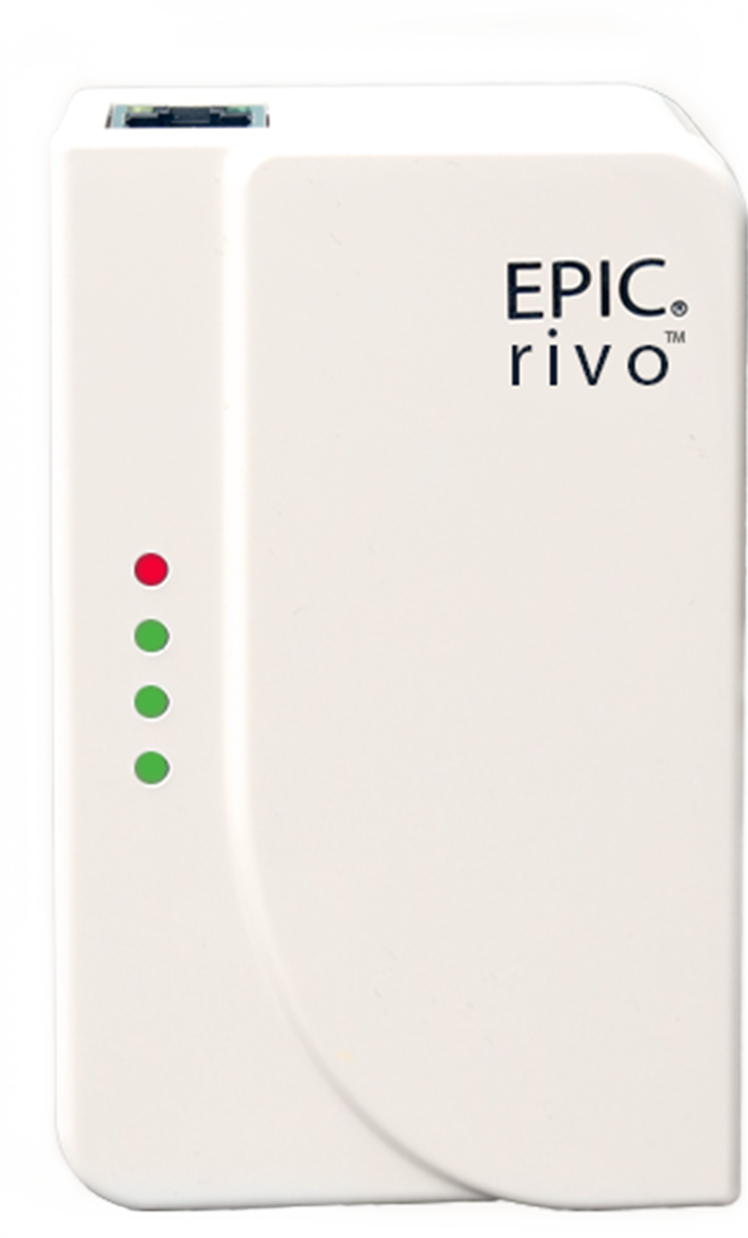Explore Our IoT and Cloud Connected LTE and IP Fire Alarm Monitoring Solutions

What Is Fire Alarm Monitoring?
The fire alarm monitoring plays a crucial role in preventing or mitigating the dangers and harmful effects of fires and ensuring a safer, more sustainable environment for people to live and work.

Fire alarm monitoring covers a range of systems and services such as fire alarm panel to detect and fire alarm LTE or IP communicators to ensure the continuous supervision and prompt reporting of fire emergencies. It involves the transmission of alarm and alert signals to the monitoring centers and emergency responders or designated personnel.
Fire Alarm Monitoring Provides
Fire alarm monitoring ensures that the fire alarm system (including detectors, control panels, and notification devices) is always in working order. This includes checking for faults like wiring issues, power failures, or malfunctioning devices. If the system experiences any issues, such as a faulty detector or low battery, it alerts the monitoring center or building manager for prompt resolution.
When a fire alarm is triggered by smoke, heat, or other fire-related conditions, the monitoring system immediately sends a notification to a central monitoring station. The monitoring station then contacts the relevant emergency services, such as the local fire department, and may also notify building managers or security personnel. This ensures a rapid response to a fire emergency.
Fire alarm monitoring services typically provide 24/7 remote monitoring, meaning that the system is being watched and managed around the clock, even when no one is physically present in the building. This feature is especially valuable for buildings that are unoccupied at night or during holidays, as it ensures the fire alarm system is always operational and that any issues or alerts are addressed immediately.
The fire alarm system logs all events and alerts, providing a detailed record of alarms, faults, and system status. The logs can be used to determine the cause of an alarm and whether it was triggered by a fire, system malfunction, or human error and to demonstrate that the fire alarm system is being maintained and tested according to local safety regulations.
In some buildings, the fire alarm system is integrated with the broader building management system. Monitoring ensures that fire-related alarms or notifications are coordinated with other building systems like HVAC shutdown or lighting. Fire alarm monitoring might also involve coordinating with voice evacuation systems, ensuring clear communication with building occupants in the event of a fire.
Fire alarm monitoring also tracks the health of the system's power supply, ensuring that backup batteries or generators if any, are functional. If there’s a power failure or a critical fault, the monitoring service can send an alert to ensure corrective actions are taken before a fire event occurs.
Fire alarm monitoring services help ensure that the building remains compliant with local fire safety codes, which may require systems to be continuously monitored and promptly respond to fire alarms. Failure to comply with these regulations can result in fines, penalties, or legal consequences.
In larger buildings, fire alarm monitoring systems can be integrated with other emergency systems, such as access control and evacuation systems (e.g., automatic unlocking of doors, or voice evacuation announcements). This coordination ensures that emergency responders can quickly access buildings and that occupants are safely guided out.
Why Fire Alarm Monitoring?
Fire alarm systems use LTE and/or IP communicators for 24/7 monitoring protection by alerting fire departments or emergency services as soon as a fire alarm signal is detected, significantly reducing the response time. This quick action can help minimize property damage and potentially save lives. Fire alarm monitoring ensure compliance with local fire safety regulations that may require monitored systems and compliance with the insurance company policies. Overall, fire alarm monitoring provides enhanced security, especially for vulnerable populations, and ensures that help arrives promptly in case of an emergency.




Why UL and ULC Certifications?
Being UL or ULC certified ensures that a fire alarm monitoring systems have undergone rigorous testing to meet high safety and reliability standards. It guarantees that the system is dependable, efficient, and capable of providing effective fire detection, communication, and response. Certification ensures that the system:
- Meets fire safety codes and regulations.
- Provides reliable monitoring and early detection.
- Offers fast communication with emergency services.
- Minimizes the risk of failure or false alarms.
- Is well-suited to operate in emergency conditions.
Aryo Cloud Platform
Intelligent Fire Alarm Monitoring Management
Benefits of IoT and Cloud Connected Fire Alarm Monitoring
Incorporating IoT devices and cloud connected fire alarm solutions provides a more reliable, cost-effective, and efficient approach to fire safety. It ensures real-time detection, remote monitoring, automated responses, predictive maintenance, and integration with other systems, which significantly enhances the overall safety and operational efficiency of buildings or facilities
The integration of IoT and cloud connected fire alarm monitoring offers several key benefits that enhance both the functionality and reliability of fire safety systems. Here’s a breakdown of those benefits:
IoT-enabled fire alarms can send real-time notifications and alerts to installers and others when smoke or fire is detected. Cloud-based systems can ensure that these alerts are distributed instantly to all relevant parties. The cloud allows for remote monitoring of the system, meaning you can check the status of fire alarms from anywhere in the world via an app or web portal.
IoT devices can integrate with other advanced systems and sensors to detect changes in environmental factors such as smoke, heat, gas or temperature for accurate fire detection and monitoring. The cloud allows for data analytics that can enhance scheduled maintenance and identify potential risks before they escalate, helping improve early detection of hazards.
Cloud-based fire alarm monitoring systems can automatically check the health of system, individual devices, detect malfunctions, and send reports to service teams or property managers for immediate action. IoT-enabled systems can send reminders or alerts for regular maintenance checks, such as battery replacements or device testing, reducing the risk of system failures.
The need for frequent manual inspections is minimized, as the cloud and IoT systems provide continuous diagnostics, monitoring and updates. This reduces labor costs and downtime.
IoT and cloud solutions make it easy to scale up as your business grows. A cloud-based platform can manage multiple locations or systems, making it easier to monitor and control fire alarms across various buildings or regions on the same platform.
Cloud-based systems can adapt to various types of properties, from single buildings to large multi-location facilities, all monitored through a centralized platform.
A single cloud-based platform can manage multiple locations or systems, making it easier to monitor and control fire alarms across various buildings or regions
Cloud platforms provide long-term data storage, allowing businesses to store alarm history, event logs, and maintenance records for regulatory compliance and auditing purposes. Cloud-based systems can help businesses comply with safety regulations by maintaining detailed records of alarms, maintenance, and inspections.
With cloud-based systems, notifications and alerts are sent out immediately when an alarm is triggered. This allows faster decision-making and quicker responses from relevant personnel or emergency services. In some cases, you can directly interact with the system remotely, changing settings or initiating responses, even before emergency responders arrive.
Cloud-based fire alarm systems can seamlessly integrate with other smart building technologies, such as electronic doors, lighting, access control, HVAC, and surveillance cameras. This creates a unified safety infrastructure that responds faster to emergencies. In the event of a fire, the system could automatically trigger other responses, such as unlocking doors for evacuation, turning on emergency lighting, or notifying the fire department, all from the cloud.
IoT-based fire alarm systems can integrate with other smart building systems, such as security cameras, access control systems, and lighting. This creates a unified, robust safety infrastructure for better protection. In case of fire detection, IoT systems can automatically trigger other smart devices, such as activating sprinklers, or controlling the building’s HVAC system, to manage the situation more effectively. The system can immediately notify local authorities or the fire department when an alarm is triggered, which can reduce response times.
With IoT and cloud integration, the system can identify and alert on issues before they lead to a full failure, reducing downtime and ensuring business continuity.
What Solution Epic Safety Offers?
Epic offers advanced IoT and cloud-connected fire alarm monitoring communicators with comprehensive hardware and cloud solutions for real-time monitoring and reporting of fire and other signals. Our solutions are designed for continuous supervision, monitoring and reporting of fire alarms signals to help in prevention of damages to residential, commercial, industrial and other facilities by providing real-time notifications to monitoring centers and users for immediate actions.
Cora is an advanced primary or back up IoT and cloud connected fire alarm communicator with LTE connectivity that provides continuous supervision and monitoring of fire panel systems. Cora is UL and ULC certified communicator for intrusion and fire alarm monitoring. It utilizes dial capture to monitor any system that communicates in Contact ID and SIA formats. Cora offers three dedicated zones for monitoring of fire, burglary, and panic alarms. Cora connects to supported DSC and Honeywell panels keybus for system monitoring, interactive and remote control and diagnostics.
Rivo is an IoT, and cloud connected primary fire alarm communicator with Ethernet and Wi-Fi technologies. Rivo is UL and ULC certified for fire alarm monitoring. Rivo utilizes dial capture to monitor any system that communicates in Contact ID and SIA formats. Rivo offers three dedicated zones for monitoring of fire, burglary, and panic alarms. Rivo connects to supported DSC and Honeywell panels keybus for system monitoring, interactive and remote control and diagnostics.






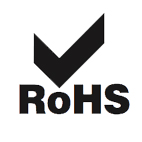
Aryo Cloud is a powerful IoT platform that enhances our solutions of hardware and services. The integration between Cora or Rivo hardware and Aryo Cloud creates a comprehensive fire alarm monitoring solution that delivers actionable insights and simplified management.
Fire Alarm Monitoring Applications
Cora or Rivo and Aryo Cloud provide versatile monitoring solutions for many applications
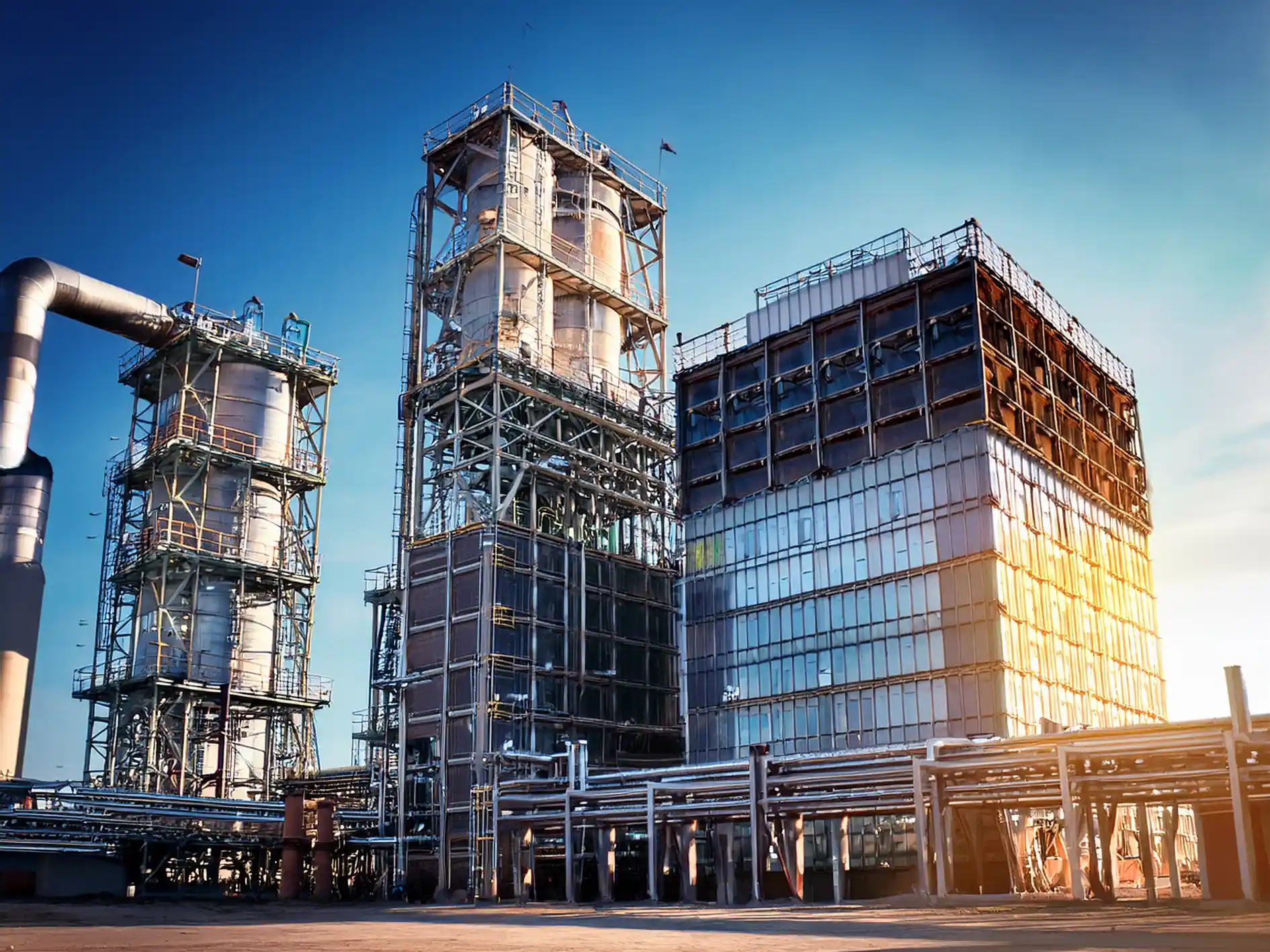
Commercial and Industrial Buildings
In commercial and industrial buildings, fire alarm monitoring is crucial for protecting both employees and assets. These settings often include complex electrical systems, large quantities of inventory, or high-risk equipment, making rapid detection and response essential. In these buildings, fire suppression systems are a crucial part of fighting with fires.

Residential Buildings
In multi-unit residential buildings, fire alarm monitoring systems ensure that the safety of all occupants is prioritized, even if they are not present when the alarm sounds. Alerts are sent to a monitoring center that contacts emergency responders directly.

Hospitals and Healthcare Facilities
In hospitals, nursing homes, and other healthcare environments, fire alarm monitoring systems are vital for protecting patients, who may be vulnerable or unable to evacuate quickly on their own. These facilities always have an evacuation procedure that can be initiated.
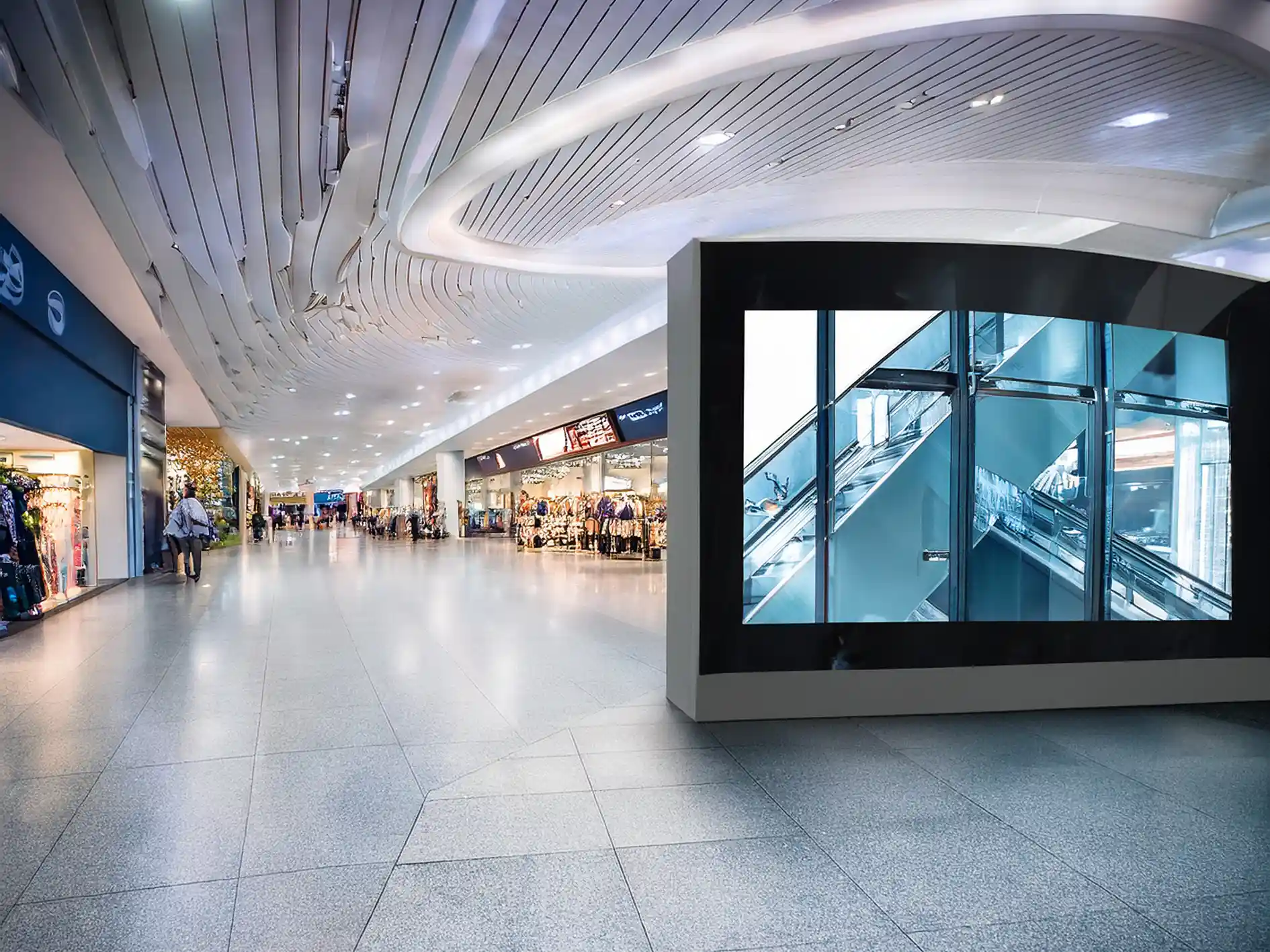
Retail and Shopping Malls
Retail businesses, shopping malls, and entertainment complexes are often large and busy environments with many people present. Fire alarm monitoring systems help ensure that in case of a fire, the response is rapid, and the evacuation process is smoothly executed.

Schools and Universities
Educational institutions are often large, and the safety of students and staff is of the utmost importance. Fire alarm monitoring helps ensure that fires are detected early, and evacuation plans are put into action swiftly.

Hotels and Hospitality
Hotels and other hospitality venues must ensure the safety of their guests and employees. Fire alarm monitoring provides continuous supervision to prevent fatalities or property damage from undetected fires.

Data Centers
Data centers house sensitive and valuable information, and fire safety is a critical concern due to the risk of data loss or physical damage from fire. Fire alarm monitoring ensures that any fire event is detected quickly and that the necessary actions are taken without delay.

Warehouses and Distribution Centers
In warehouses, where large quantities of goods, often flammable materials, are stored, fire alarm monitoring is essential to minimize risks of property damage and injury to workers. Automated monitoring ensures that any signs of fire are immediately addressed.

Government Buildings and Facilities
Government buildings, including courthouses, administrative offices, and emergency response centers, require reliable fire alarm systems to protect personnel and sensitive information.

Manufacturing Plants
Manufacturing facilities, especially those that involve machinery, chemicals, or flammable materials, need fire alarm monitoring to prevent catastrophic damage. Early detection is critical in environments where the risk of fire is high.

Transportation Hubs
Large transportation hubs like airports, train stations, and bus terminals are crowded and require effective fire alarm monitoring to ensure public safety in case of an emergency.

Public Buildings
Fire alarm monitoring systems in public buildings ensure that these spaces, which often contain valuable artifacts or large numbers of people, are adequately protected in the event of a fire.












